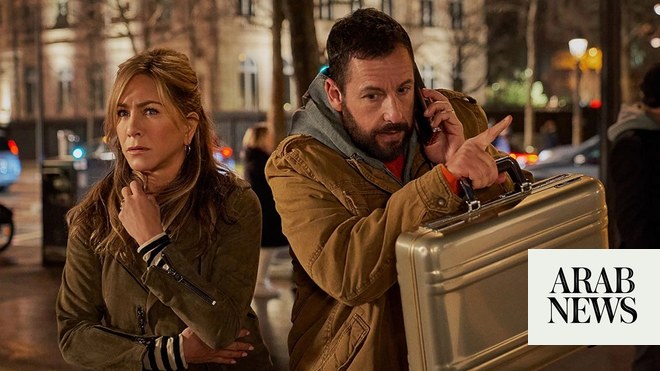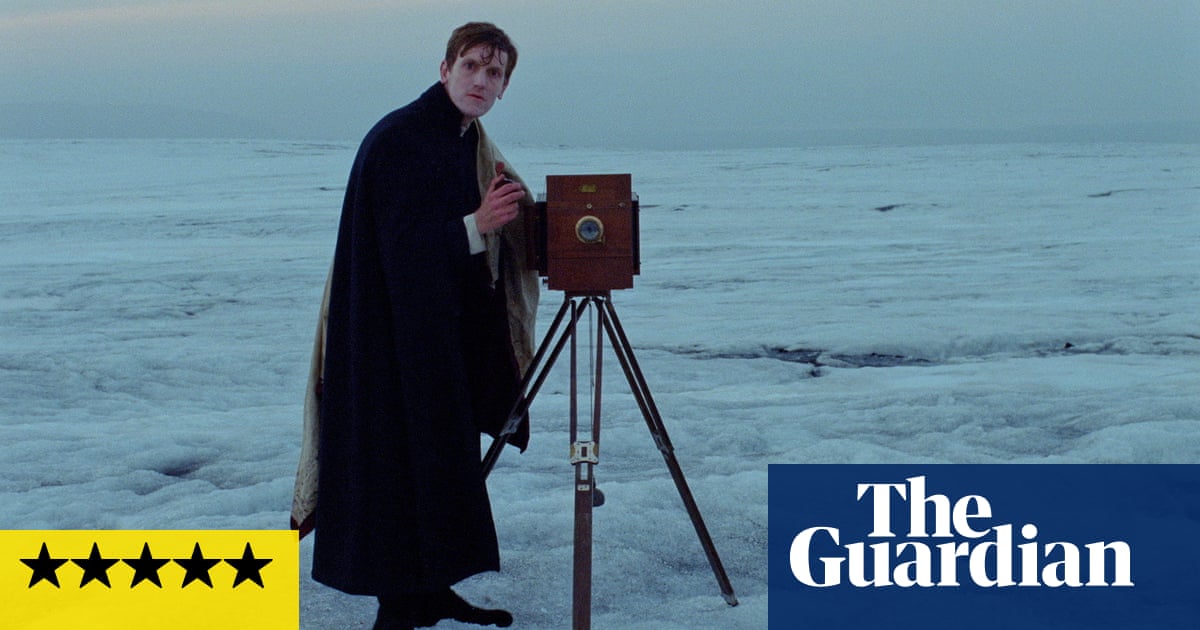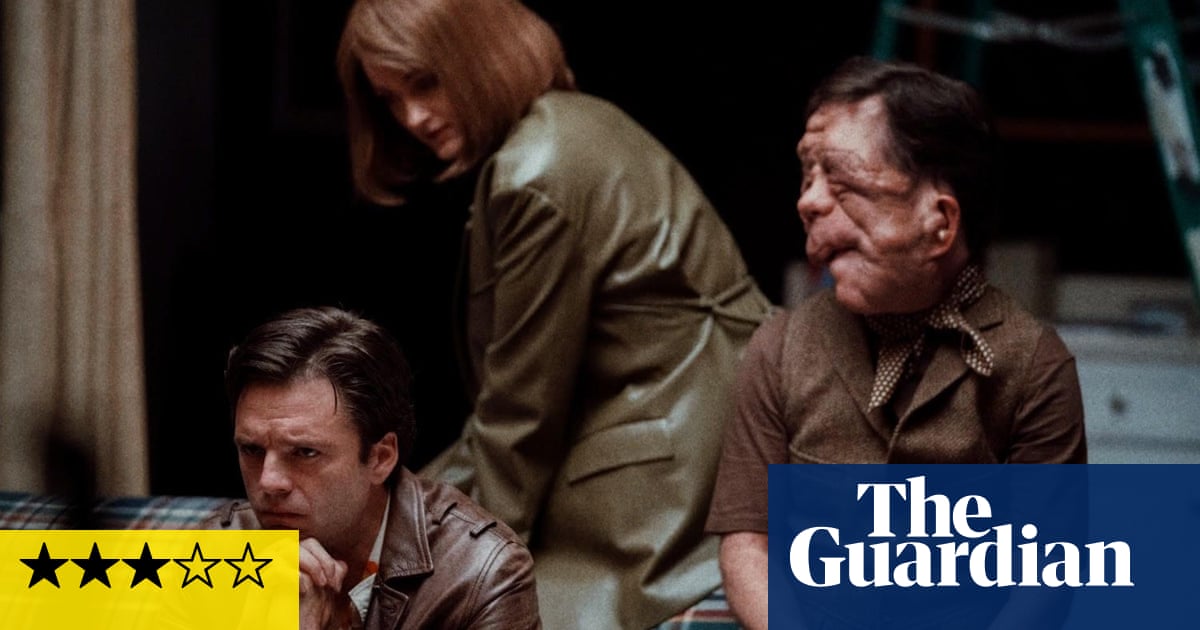
Leos Carax is the sly anarchist of French cinema whose sorties are sadly few and far between. Now he has broken cover with this barking mad fantasia, an almost entirely sung-through musical tragedy created with Ron and Russell Mael from Sparks, a band once thought to be relegated to YouTube clips of 70s Top of the Pops but now having a moment, thanks to this, together with a forthcoming documentary about them by Edgar Wright called The Sparks Brothers, and indeed their appearance in a Viz comic strip with the great socialist philosopher – Marx and Sparks.
Ron and Russell make their first appearance here in a recording studio with Carax behind the glass. “So may we start?” demands the director. And start they do, with the Maels, Carax, his stars Marion Cotillard and Adam Driver and the entire cast singing as they march out of the studio and into the streets of downtown Los Angeles, ready to begin the entirely bizarre action.
This film gives us the fanaticism of Cavalcanti’s ventriloquist dummy from Dead of Night, the self-hate of James Mason from A Star Is Born, the desperate father-daughter dysfunction of Georges Franju’s Eyes Without a Face (which Carax referenced in his last film, Holy Motors) and perhaps most obviously the strident sadness of Andrew Lloyd Webber’s Phantom of the Opera. Let’s incidentally not be too snobbish about Andrew Lloyd Webber – the “Love Never Dies” title song from the Phantom sequel was used in a film by no less a world-cinema luminary than Abbas Kiarostami.
Driver plays Henry, an aggressive comedian-ranter in LA with a controversial reputation and a fading career, shuffling around in the wings like Jake LaMotta in a boxer’s robe, smoking a cigarette, and then coming on to discard the robe revealing a gym-built body. He will bait the audiences with his hostile riffs and singing interludes (for which he has a backing chorus), occasionally staging horribly tasteless Bataclan-style fake gun attacks on himself just to shock everyone. Of course, fictional comedians doing their act in films have the same problems as fictional artists showing their fictional paintings. Is this supposed to be good, or not? Well, Henry’s act is clearly not intended to be conventionally funny.
Henry is in a relationship and in love with his polar opposite, Ann, a charismatic and exquisitely beautiful opera singer played by Cotillard, whom Carax imagines splendidly alone on colossal, quasi-expressionistic sets. She comes from the highest of high culture, her reputation jealously protected by the opera house’s conductor (played by Simon Helberg, the self-effacing accompanist from Florence Foster Jenkins) who is not-so-secretly in love with her himself. After the performance, Ann’s bad-boy boyfriend will show up outside the opera house on his motorbike and whisk her off to their beautiful home in the hills to make love. Soon, Ann is pregnant, but she is troubled by rumours (or dreams) that aggressively macho Henry is about to be hit with a #MeToo case.
Their relationship ends with tragedy - and there is something very disquieting about their baby girl, Annette, who looks like a wooden marionette and can sing with her mother’s amazing, grownup voice. Soon, the increasingly bleary, mad and humiliated Henry devotes himself to being Annette’s full-time svengali. Any hopes we might have had that this could somehow end well are to be dashed.
The bad-dream quality of Annette comes very particularly from the “theatre audience” scenes that Carax repeatedly stages for Henry, Ann and Annette: huge, mysterious banks of faces who are transported with passion or sceptical or mutinous. Are they real? Are they a dream? There is something Buñuelian about their massed presence.
Annette is a forthright and declamatory and crazy spectacle, teetering over the cliff edge of its own nervous breakdown, demanding that we feel its pain, feel its pleasure and take it seriously. I think it isn’t quite as imaginative and complex as Carax’s previous film, Holy Motors, and I was a little disappointed that there was relatively little for Marion Cotillard to do. But Adam Driver has a malign magnificence, that equine face progressively losing its nobility as he gets more violent and depressed and finally ages by about 30 years.
And there are some extraordinary moments, such as Cotillard and Driver’s duet We Love Each Other So Much as they have sex and their baby is born nightmarishly with a clown face. I can imagine this as a concept album, a Broadway show, maybe a site-specific installation at the LA house that is shown in the movie. It’s a swoon of anxiety and rapture.












